When the Eyjafjallajökull volcanic eruption disrupted flights between US and Europe, the world woke up to Iceland and then a few years ago Bollywood discovered it with Shahrukh and Kajol gyrating to “rang de tu mohe gerua” making it a top destination on everyone’s bucket list. So as I planned my Nordic sojourn, it logically made sense for me to end it amidst the much spoken about beauty of Iceland.
As a solo traveler and given the sparse population of Iceland, I followed the advice from most travel groups to take Reykjavik as a base and make day trips to different parts of Iceland from there. The Keflavik airport is about an hour long journey from Reykjavik. Flybus or Airport Direct Shuttles are the best way to travel from the airport to the city center. If you are booking at the kiosk at the airport, you can ask for a return ticket as well. Or alternatively book the tickets through the app. I had taken the Airport Direct and it dropped me 3 minutes away from my hotel as the buses were not allowed on that street. I stayed at the Center Hotels Plaza which was a very centrally located in the city right in the midst of the commercial center with lots of restaurants and shops around.
Jokulsarlon Glacier Lagoon, Diamond Beach and Seljalandsfoss Waterfall:
On my first day in Iceland, I took the longest day trip of 14 hours to the Jokulsarlon Glacier. This trip was booked through Bustravel Iceland. There are day trips to South Iceland but those do not cover the Glacier. Some of my tour mates who had taken the south Iceland trip earlier found a lot of stops repeated so I would recommend if keen on seeing all sites of South Iceland including the Glacier, book a two day tour. The journey to the glacier was really long but we had a great guide who shared a lot of stories and context about Iceland and familiarized us with some terminology to make it easier for us to pronounce the complicated Icelandic names. On our way we witnessed the dramatic landscapes of south of Iceland.

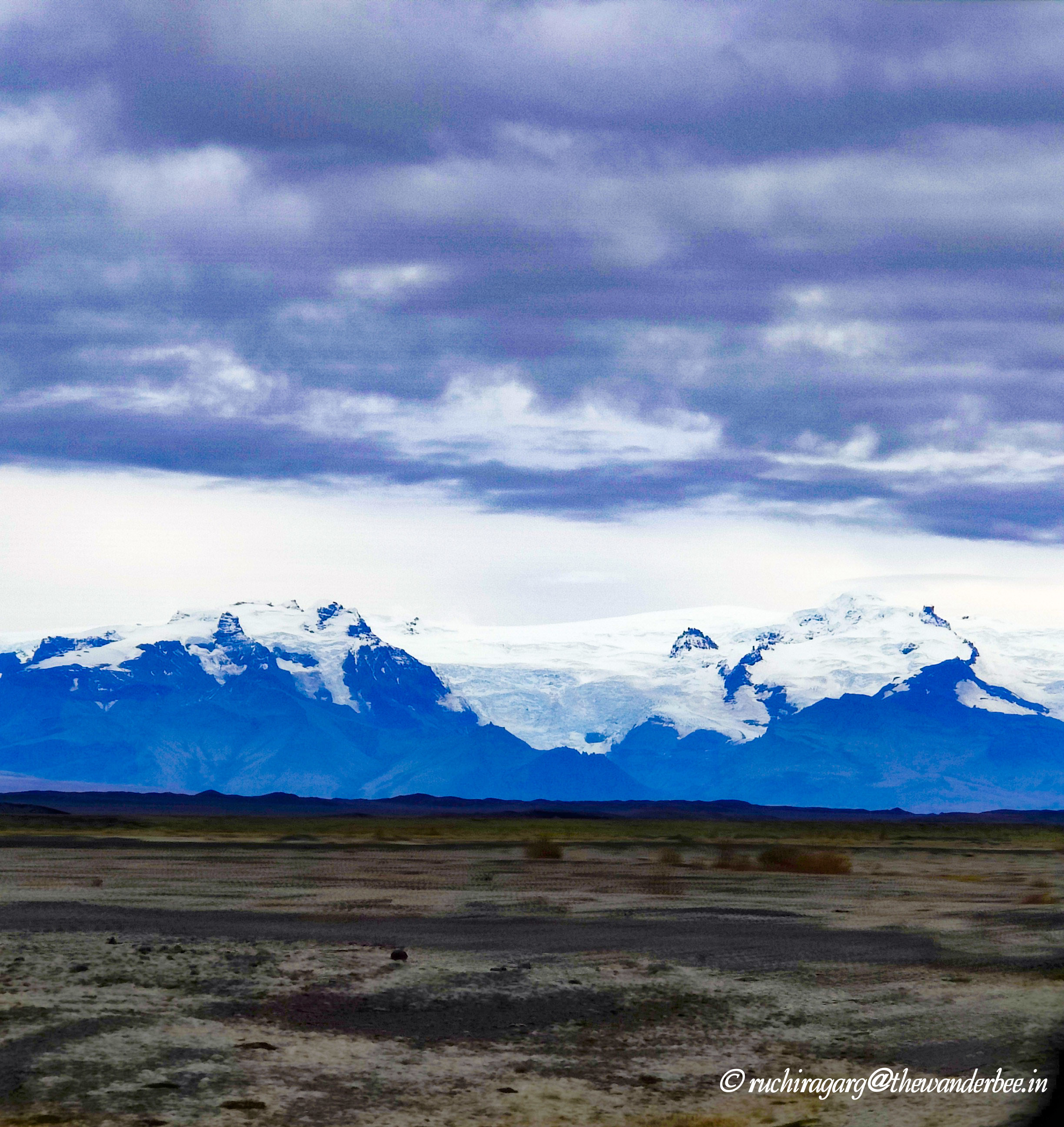
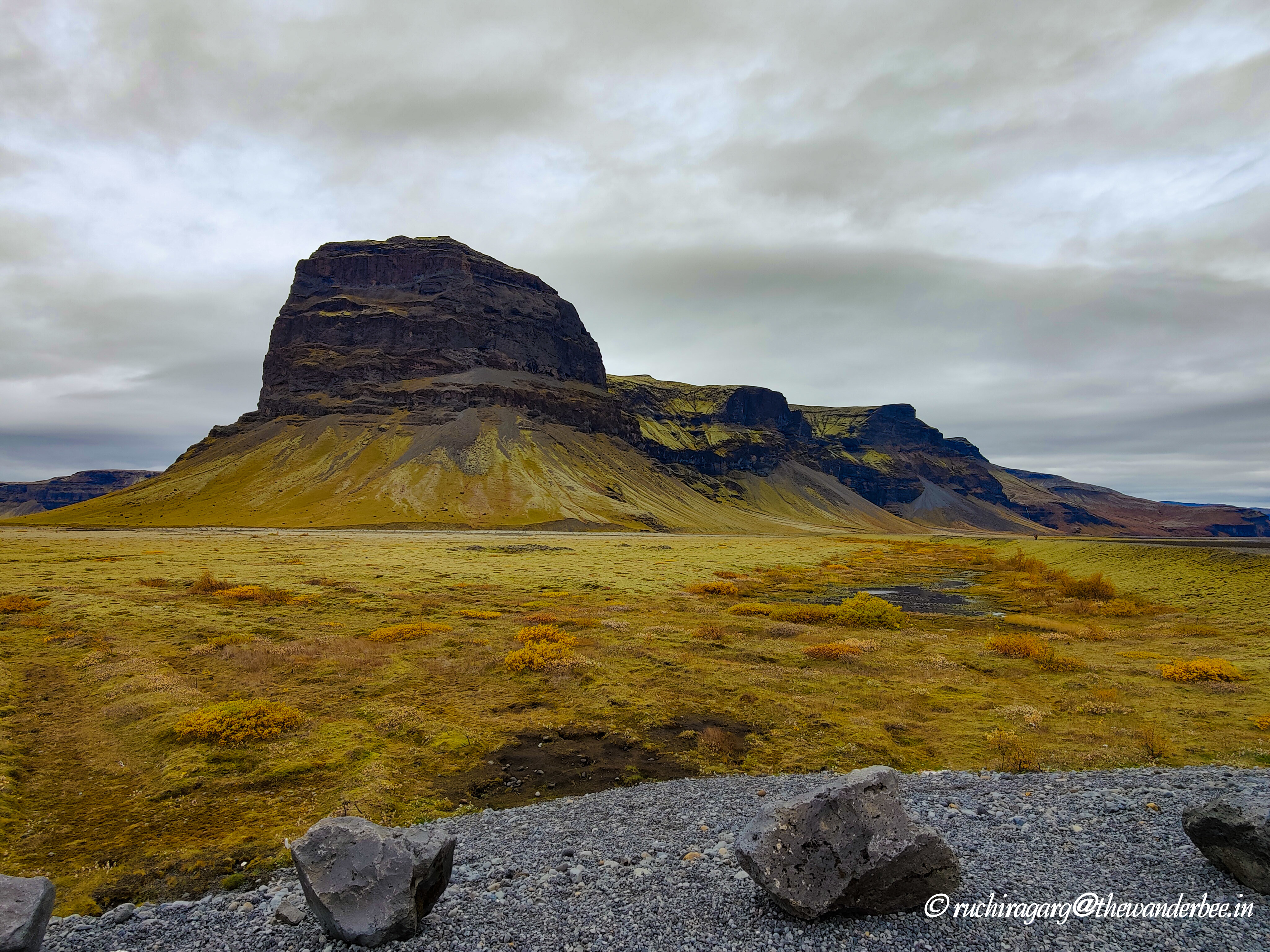

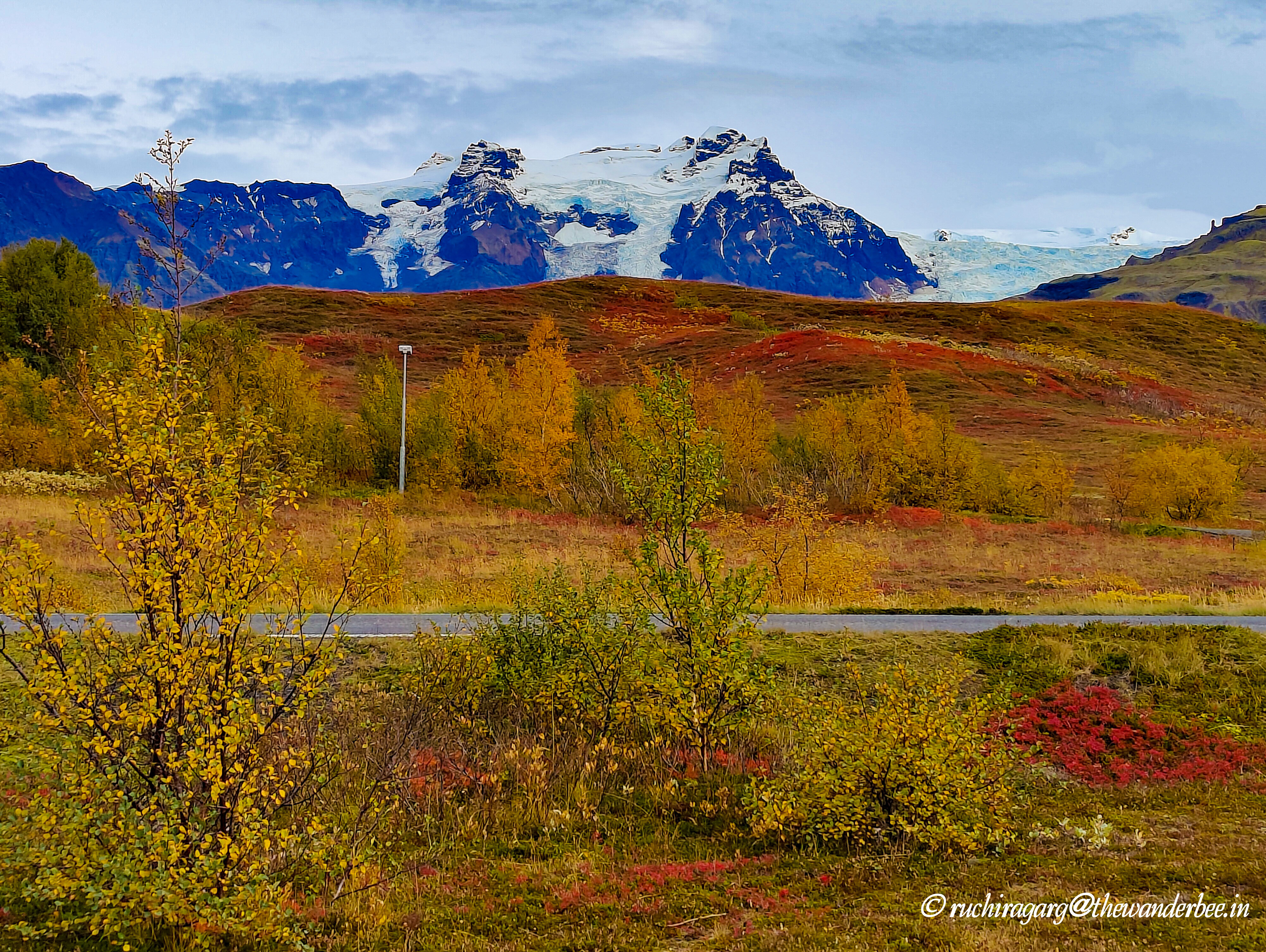
Nothing could have prepared us for the stunning scenery and sight of the floating icebergs when we reached the Jokulsarlon Glacier Lagoon. I also took a boat cruise to get closer to the icebergs. Jökulsárlón Glacier Lagoon is Iceland’s largest and deepest glacier lagoon. It branches from Breidamerkurjokull, an outlet glacier of Vatnajokull, Europe’s largest glacier. The weather is extremely unpredictable there. We experienced rain, storm and harsh cold winds so carry very warm jackets and other accessories to cover yourself adequately. Next to the glacier lagoon is the diamond beach where large pieces of ice are strewn about like diamonds on the black sand beach. We had our hearts fill of playing around with the diamonds.



While returning to Reykjavik, we stopped at the gorgeous waterfall Seljalandsfoss. One can walk behind the waterfall, however being night and the stones being very slippery, I did not venture to the get behind the falls. It would have been more enjoyable to stop at the waterfall during the day than at night even though it was beautifully lit.
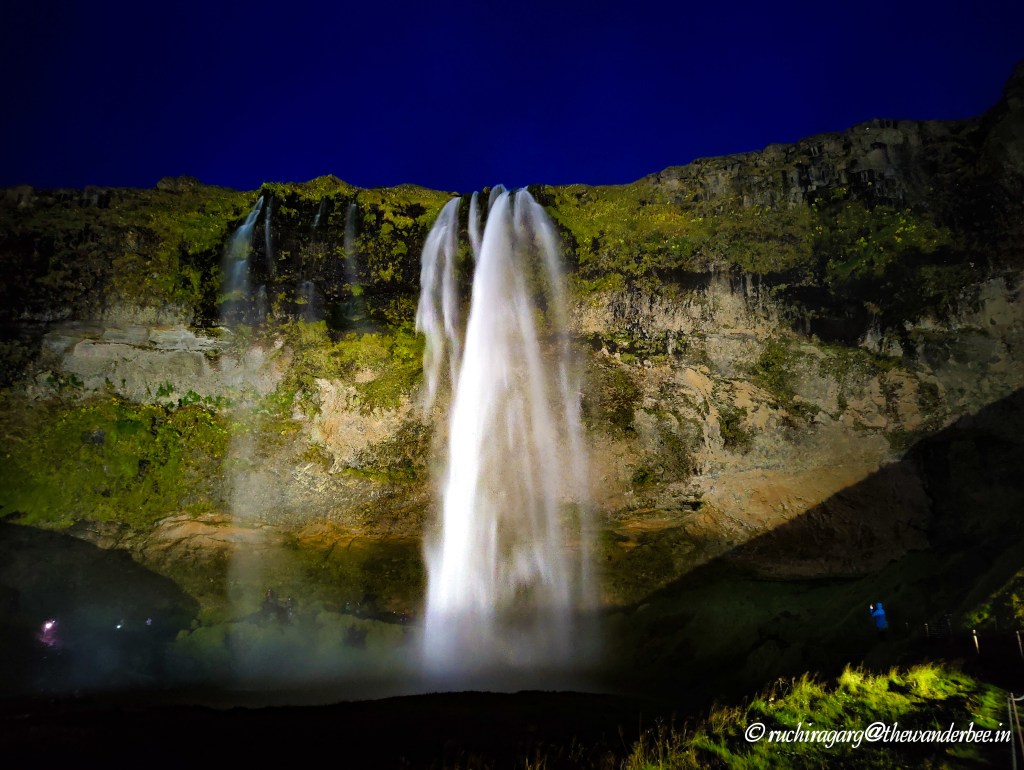
We stopped at Iceland’s southernmost village at Vík for dinner where we were met with strong rain and wind which is typical of Iceland. Do try the lamb soup there which is a typical dish in Iceland and was very filling as well as calming for the frayed nerves after the long journey and cold weather. As we rode back, we admired the skill our bus driver had to apply to drive against the strong wind. The ride to the glacier lagoon is long and tiring but there is nothing like that on any of the other trips. While you may be able to see waterfalls and other landscapes in other parts of Iceland as well, nothing compares to the Jokulsarlon glacier lagoon and I would surely recommend it.
Snaefellsnes Peninsula and Kirkjufell
On the next day I took a trip to the picturesque Snaefellsnes Peninsula in Western Iceland. This trip was booked through Holiday tours on a mini bus. The easiest way to book tours in Iceland is through aggregator apps like Get Your Guide. Our first stop was the Ytri Tunga gold beach from where we could view the beautiful snowcapped mountains as well as the playful seals.
We then made our way through miles of lava field revealing the stresses and destruction that the land once endured to get to the beautiful village of Arnarstapi. On the way we stopped by the black church at Budir, which sits in desolate isolation and is a dream subject for any photographer. It was my lucky day to capture the lone bride standing outside the desolate church making and amazing cover picture for a thriller novel.

When we reached Arnarstapi, the jagged cliffs, and the beautiful arcs of Hellnar, where pillars of basalt slowly ascend from the unforgiving sea presented the most panoramic view to us. We had stopped there for nearly an hour and every minute was worth it. The bus stopped near the statue of Bárður. I would recommend you cover the village and the various vieiwing platforms before going to the statue to make the most of your time at Arnastapi. The Bárður Snæfellsás statue by artist Ragnar Kjartansso looks like a pile of rocks. It commemorates the story of a medieval Arnarstapi resident. Bárður was a half-man, half-troll who lived here after fleeing Norway. After a severe family argument, he exiled himself to the Snæfellsnes Glacier. For centuries, the locals believed he was their protector and called him the Guardian Spirit of Snæfell.
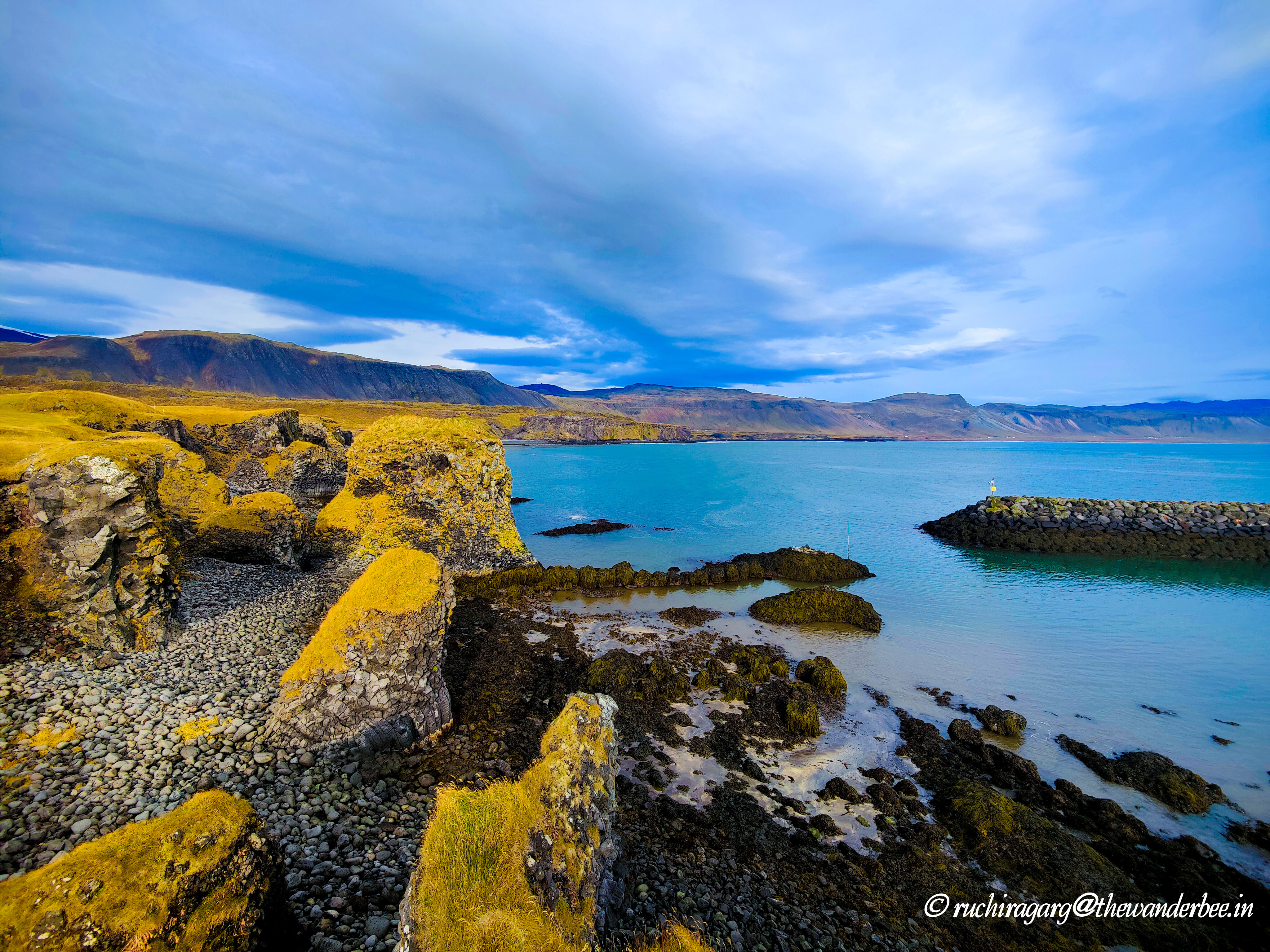
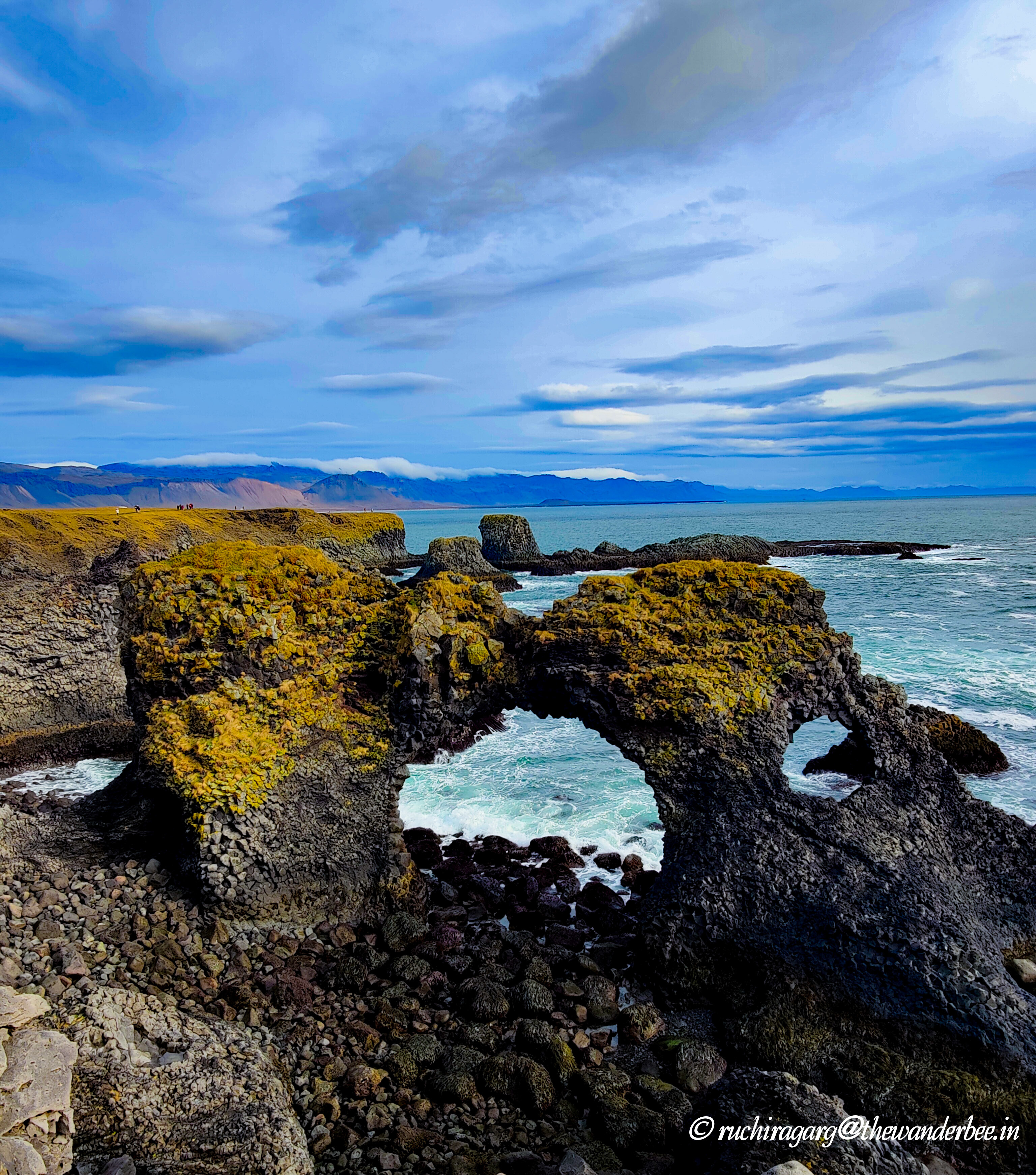
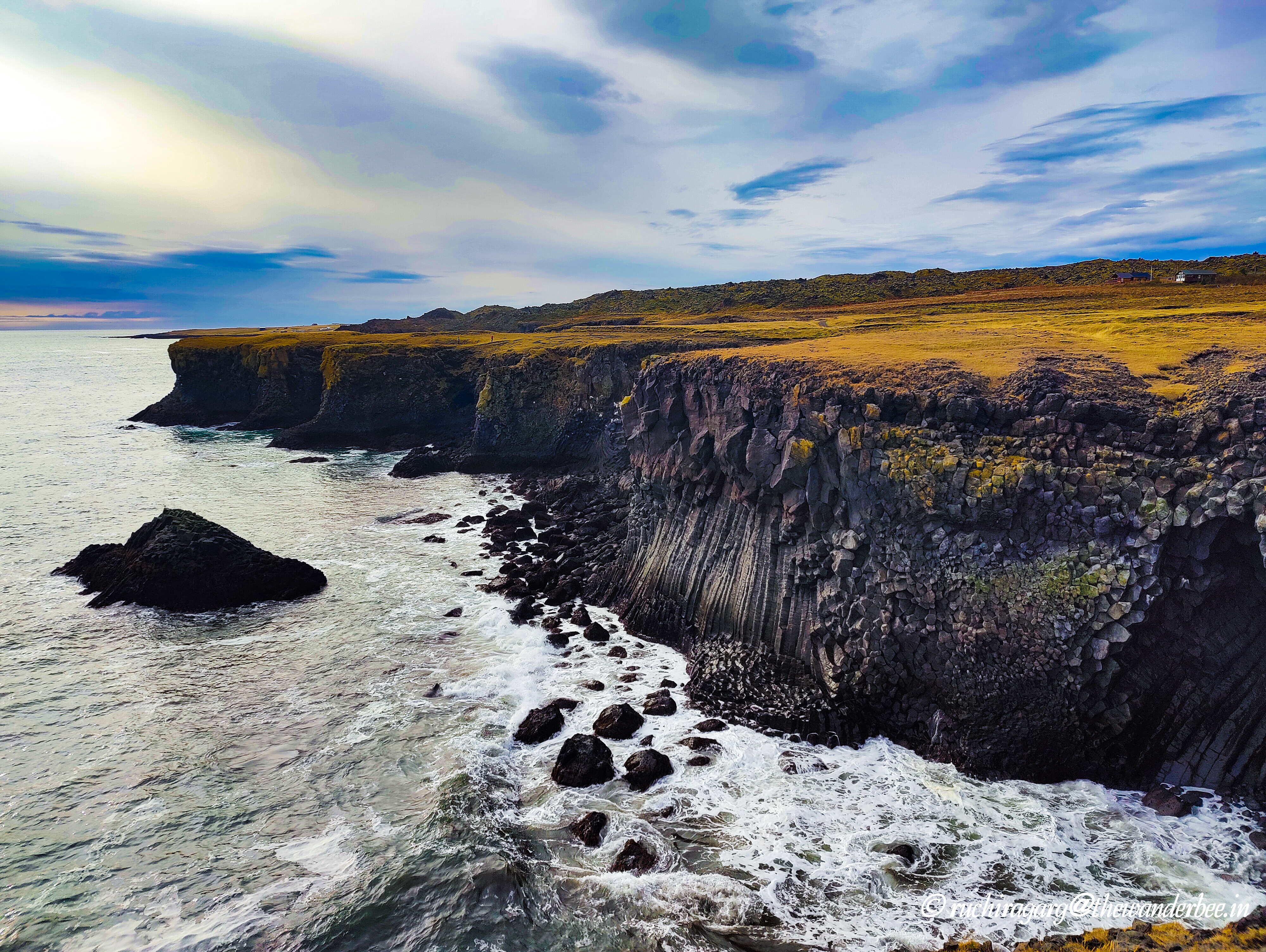

We then headed to the Snæfellsnes Peninsula. On the way we stopped at the Malarrif White Lighthouse for short break before carrying on through the dramatic Snæfellsnes Peninsula, driving through the mangled lava fields and marveling at the volcanic rocks of unimaginable shapes as they flared up. It was a difficult terrain to drive through and our bus driver and guide told us fascinating stories of the warrior who paved this path as he was promised to by his lover’s father to be given her hand if he built this road cutting through the rocky lava fields. I also learnt that the Icelandic field of molten rocks are so sharp and difficult to walk on that they are used a testing ground for astronauts to test their equipment for extreme wear and tear.
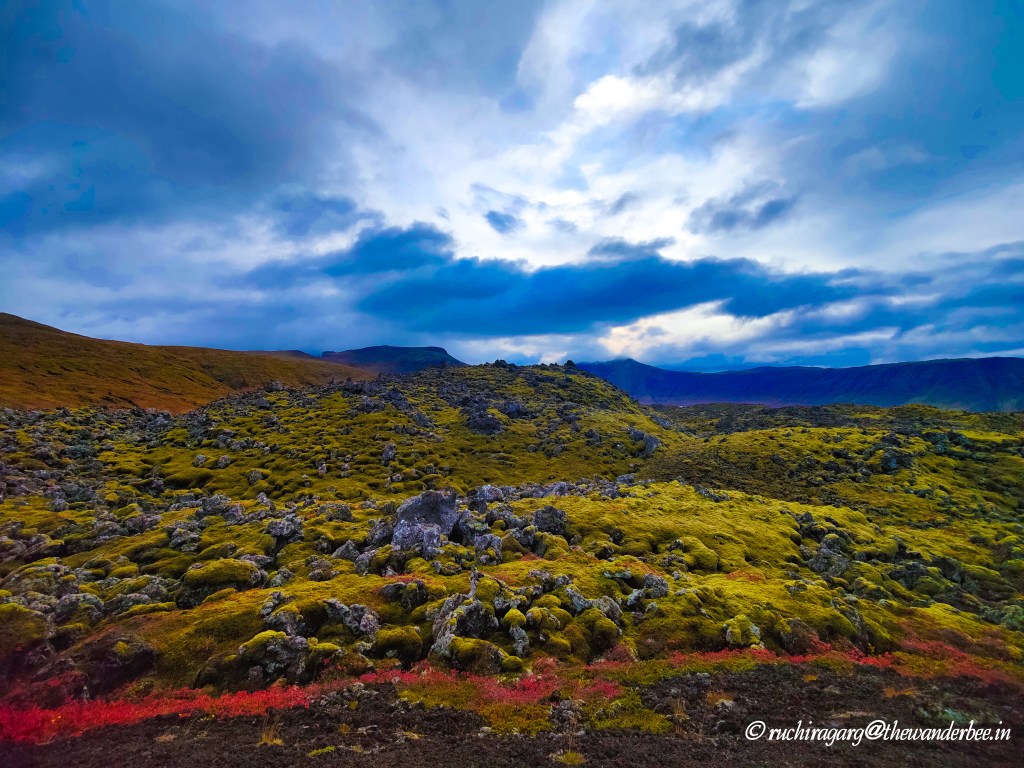
Our next stop was the Saxholl Volcanic crater located on the westernmost tip of the Snæfellsnes Peninsula. It is an otherworldly attraction on the Snæfellsnes Peninsula. The rim that surrounds the collapsed core offers views of the surrounding dried lava fields as well as the inside of the crater itself. There are a 200 odd steps to climb to get to the top of the volcanic crater and there are no handrails. The winds are harsh so one needs to put all their might to hold their ground as one climbs up the stairs. It hit hard then that I was just about 260 kms away from Greenland and woke me to the hardship of the weather faced by the Icelanders! The view as anticipated was amazing and being the fall season we were lucky to see the colors in the otherwise colorless scenery around.
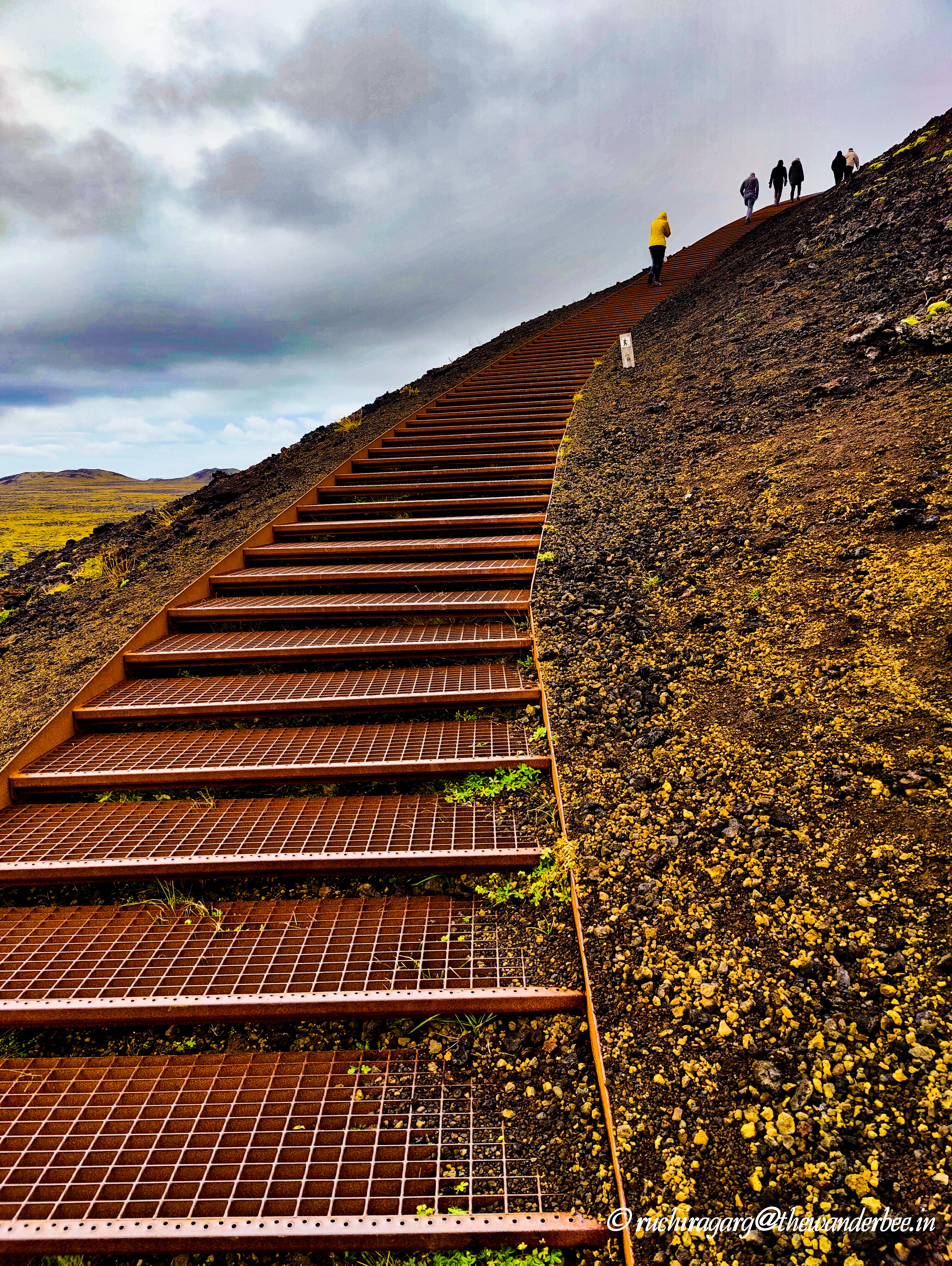
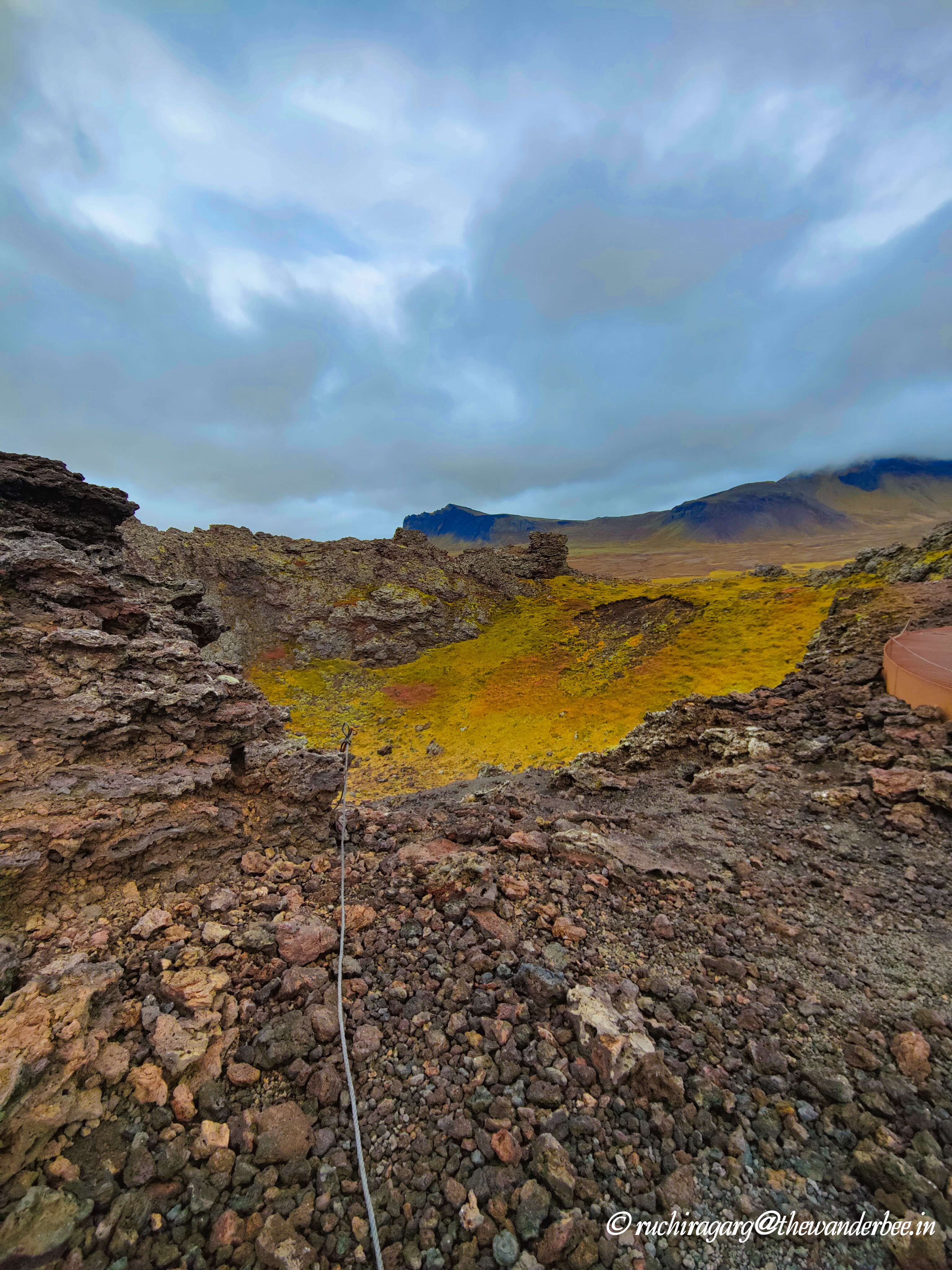
Our journey along roads less traveled then took us to the beaches of lava and smooth volcanic rock at Djupalónssandur. I have grown up looking at sandy and white beaches and the black sooty beaches created by the volcanic eruptions seemed like an ominous reminder of the impact of the carbon footprint being created around the world.


Our final destination was the Kirkjufel mountain, claimed to be the most photographed mountain in Iceland as it was one of the filming locations for the Game of Thrones Season 6 and 7. Kirkjufell was so special that it was located between two glaciers that influenced and shaped the mountain as the form it has right now. The layers of Kirkjufell are in fact the results of many volcanic eruptions.
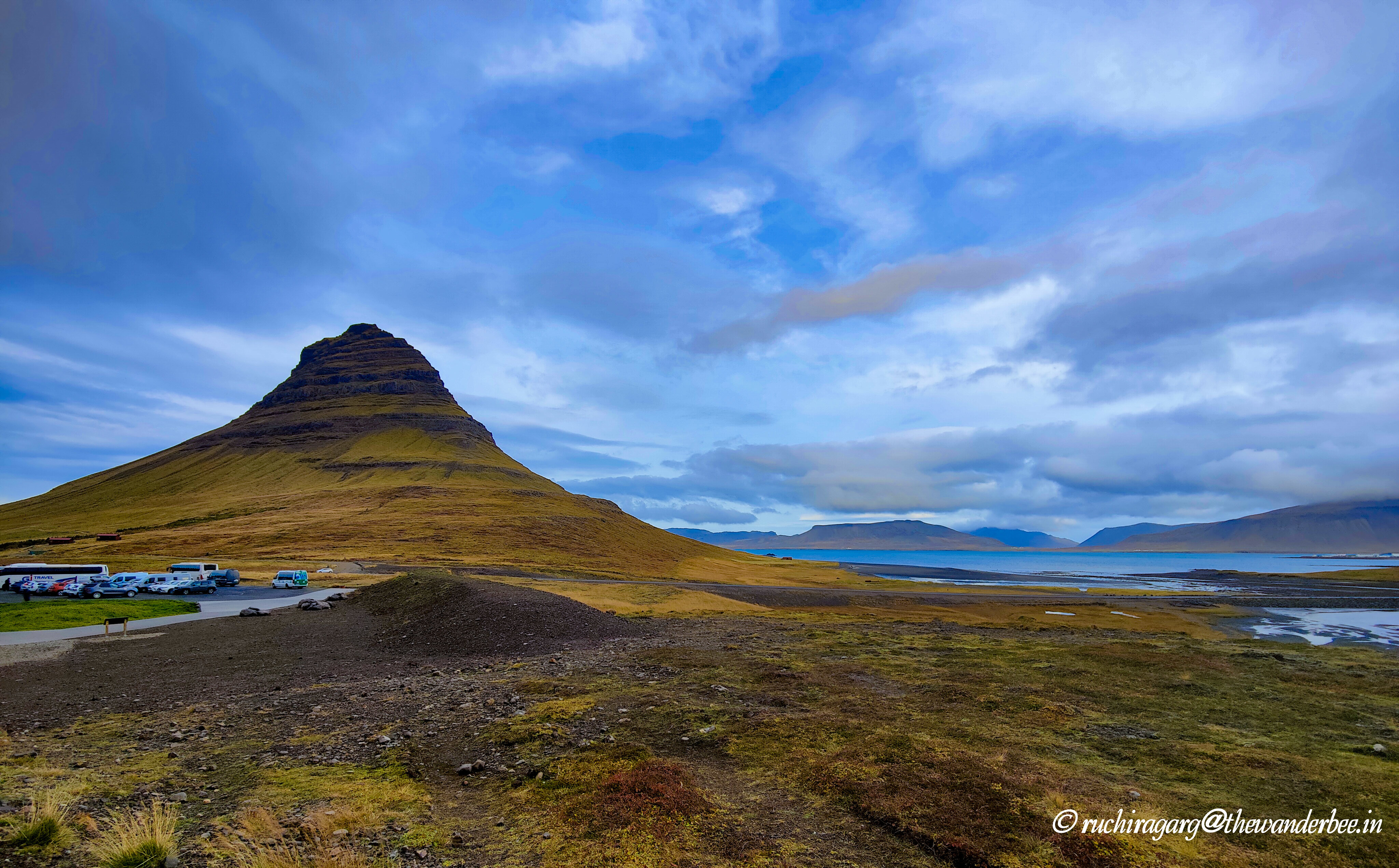
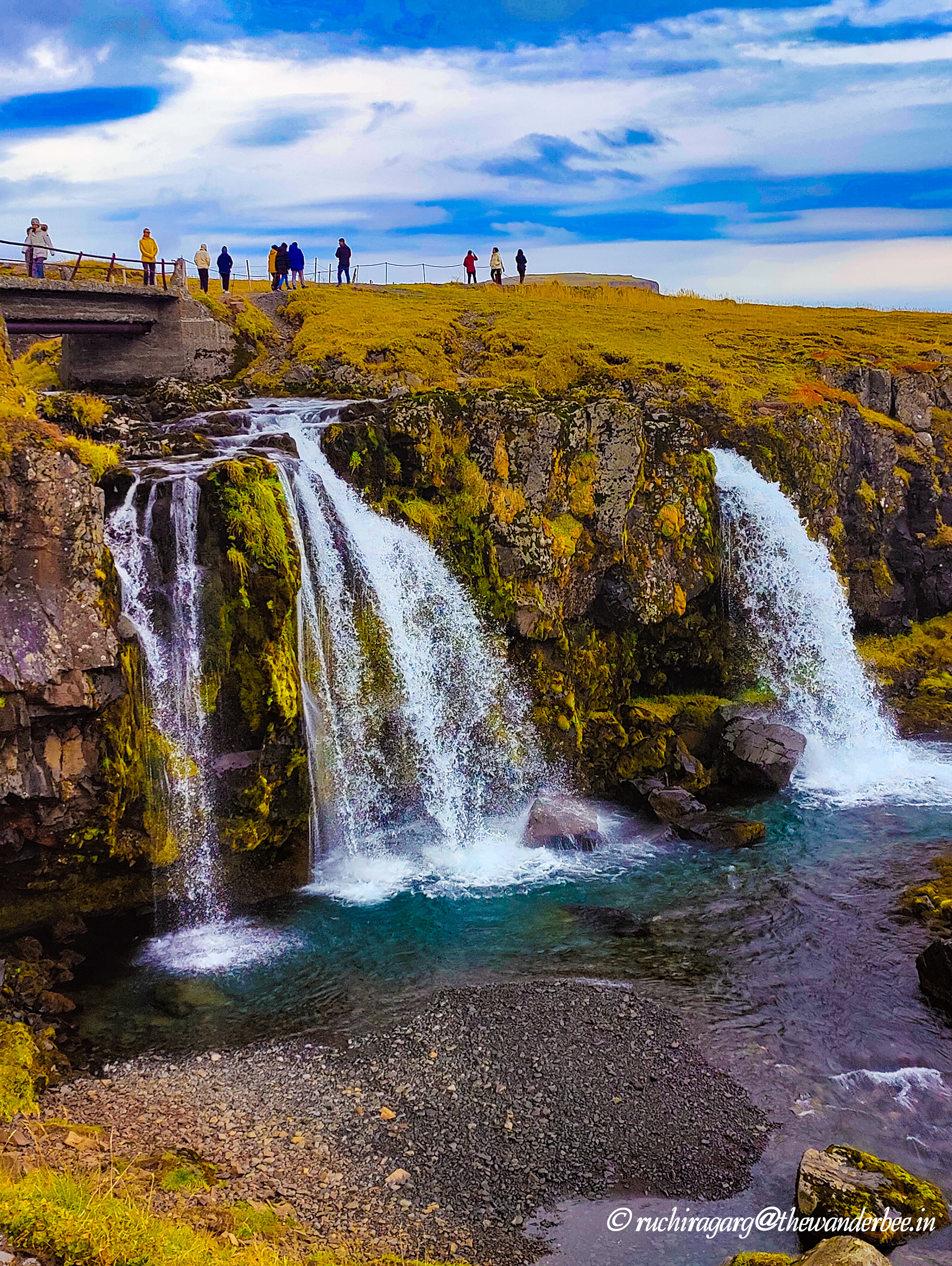
As we travelled back I pondered on the experiences through the day. The rock formations carry stories of the little trolls who ventured out beyond sunset and turned to stone. The two lovers who froze while kissing, the warrior who made the road between the impregnable lava fields to meet his beloved and who’s ghost still guards it, the belief that the tunnels in the lava fields are the veins of the trolls who would go back to the earth when end was near – the stories are fascinating and endless but they are sad. The sadness and connection with the supernatural in these stories is a manifestation of the loneliness due to the distance from each other, the long cold months and other hardships.
Sights and Sounds in Reykjavik and Northern Lights tour
On the 3rd day I decided to rest it out with exploring the city of Reykjavik on foot. A couple of friends also joined me in my Iceland tour from here on.
Hallgrimskirkja Church: This Church is the largest in Iceland and is visible from various places in Reykjavik making it very easy to find. The beautiful basalt columns at Svartifoss Waterfall on the South Coast of Iceland inspired the church’s architecture. It also houses the largest concert organ in Iceland at 50 feet (15 meters) tall with 5,275 pipes and a weight of 25 tons. In front of the church is a statue of Icelandic voyager Leif Eriksson, the first European to set foot in North America, more than 500 years before Christopher Columbus. The interiors of the church are minimalistic. There is a tower on top to get a 36 degree view of Reykjavik.
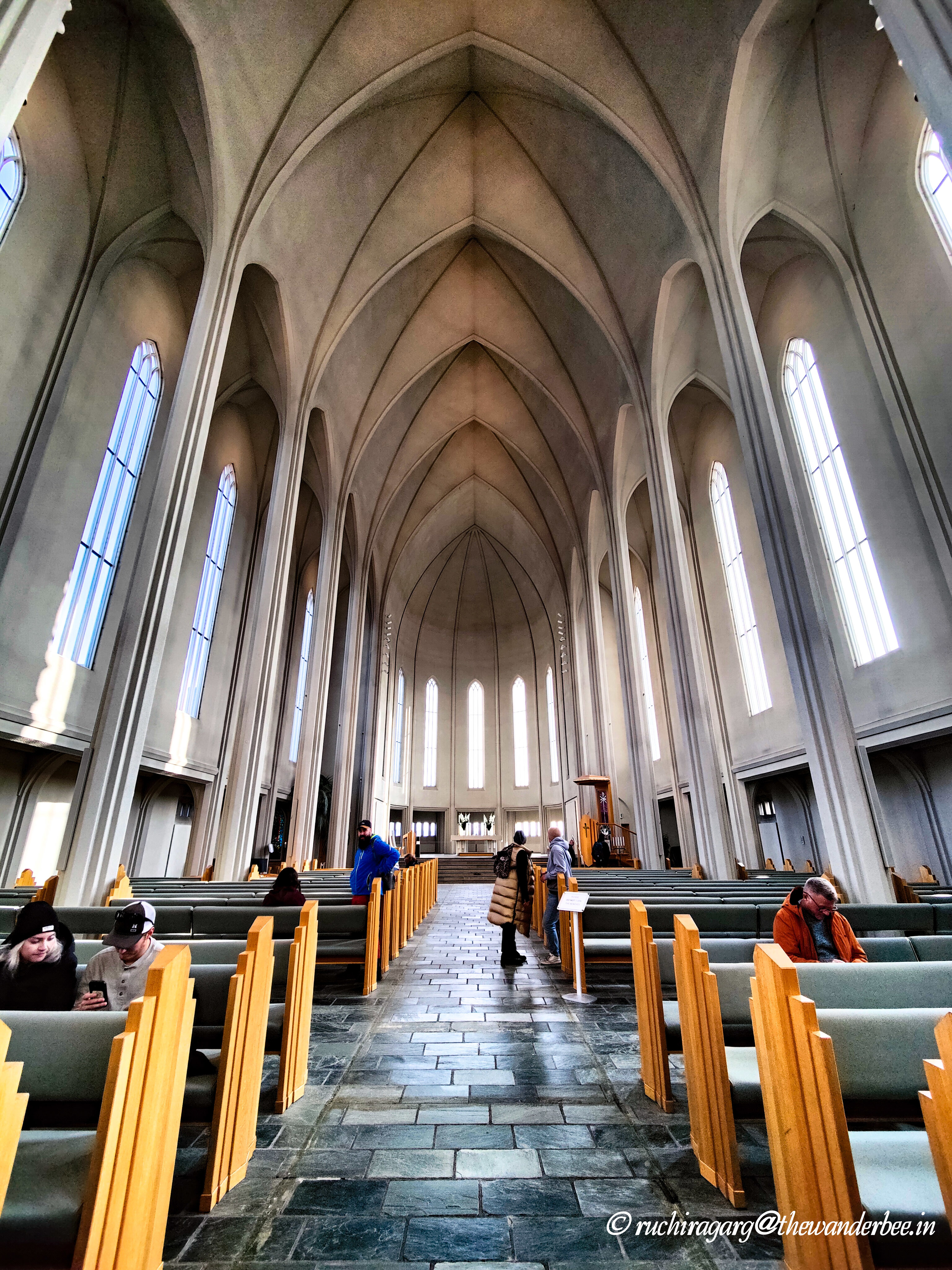
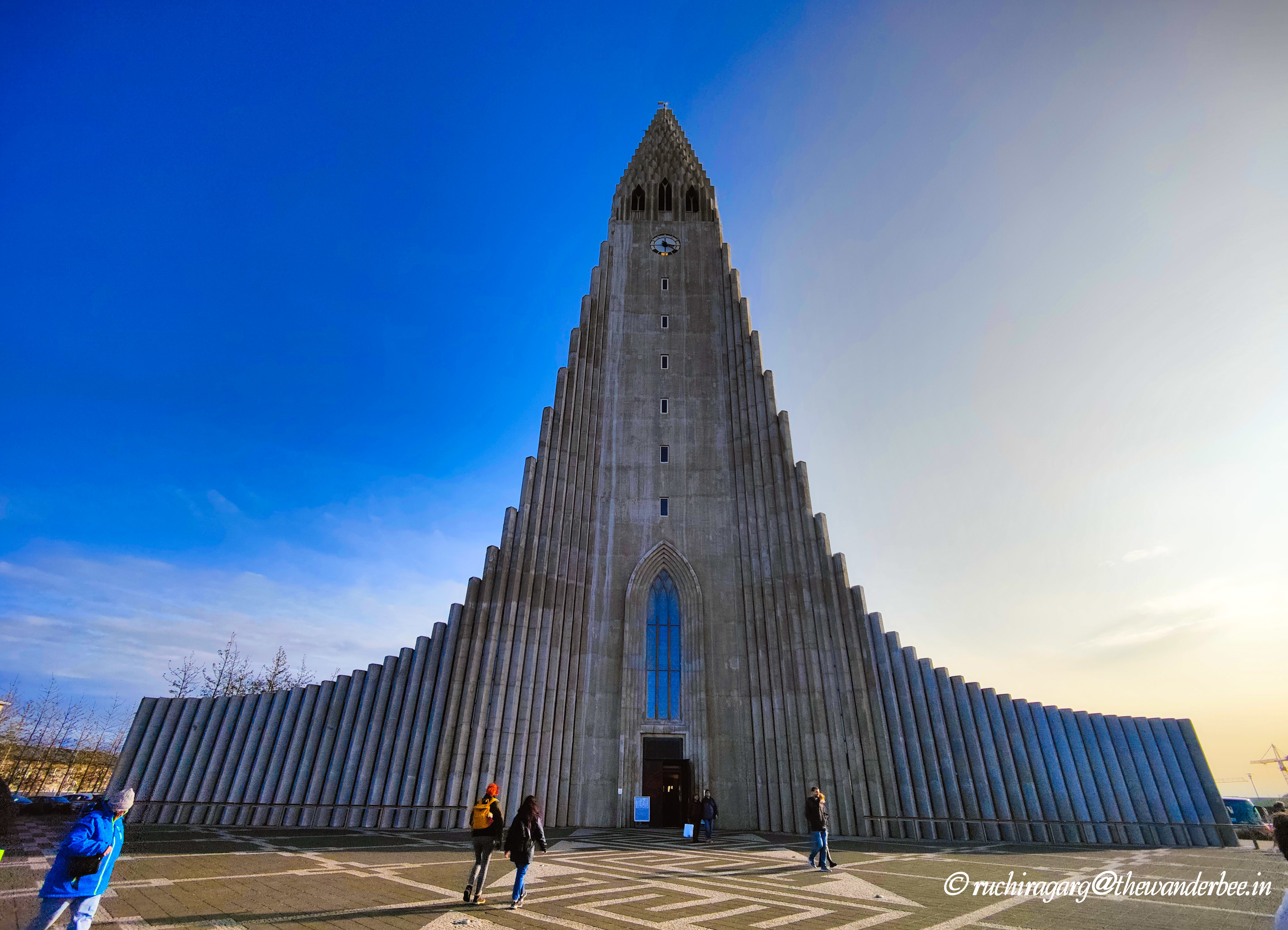
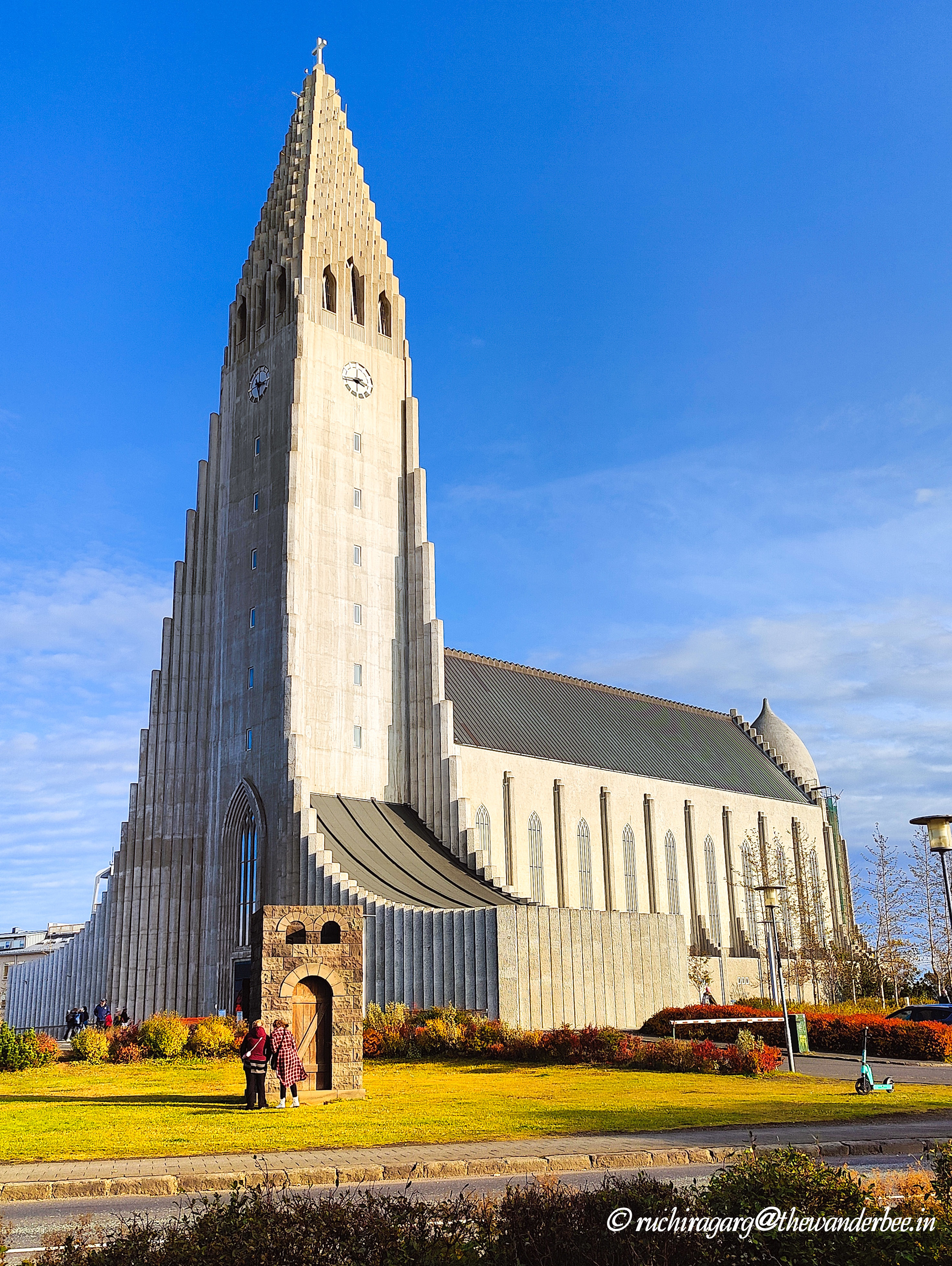
Rainbow Street:
One of the main streets in downtown Reykjavík leading up to the Hallgrimskirkja Church has been dressed up in the colors of the rainbow to celebrate Reykjavík Pride. It is a sign of joy and support for diversity. The street is lined up with shops, cafes, restaurants and pubs on both sides and was one of the most interesting areas to walk around in Reykjavik.

University of Iceland:
To know more about the country beyond its scenic landscapes, we also ventured to the University of Iceland. Built in 1911, the university played an important role in the construction of the Icelandic nation-state and was perceived by Icelanders as an important stepping stone towards full independence. It is the country’s oldest and largest institution of higher education with about 14,000 students and twenty-five faculties. It was impressive to see the focus on higher education and the stature of the University in the otherwise sparsely populated and seemingly lesser-known country.
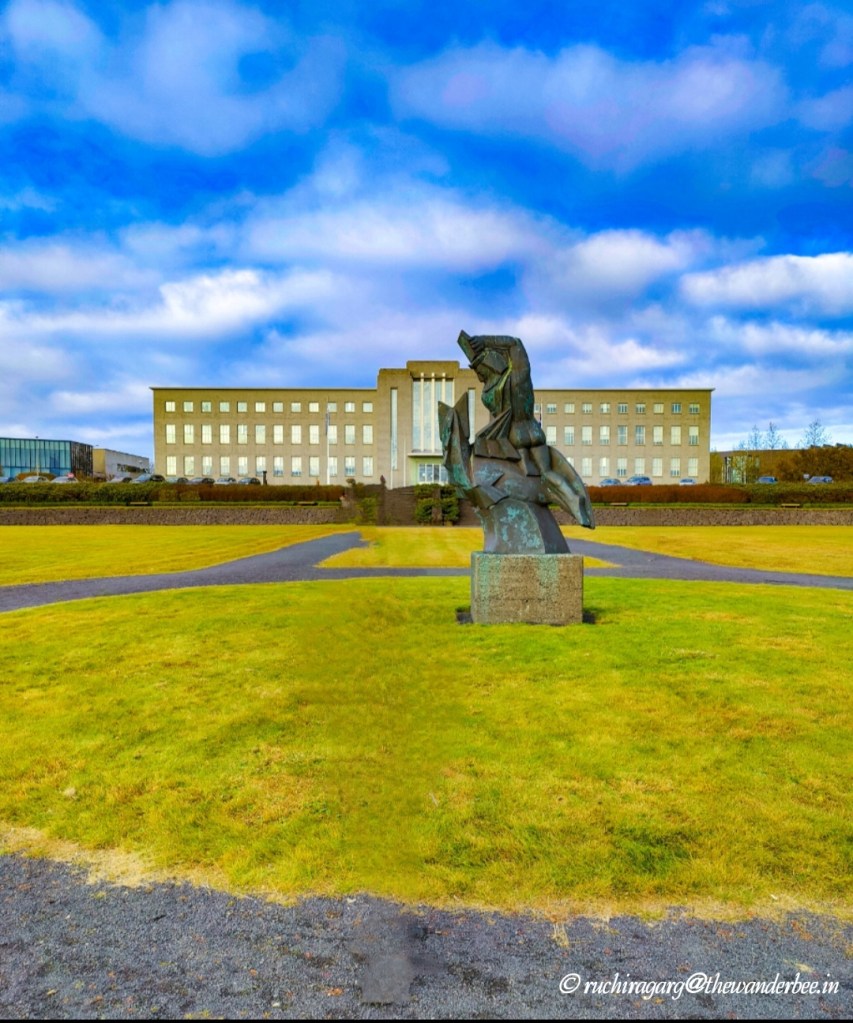
Sun Voyager:
The Sun Voyager is a sculpture by Jon Gunnar Arnason, located next to the Saebraut road in Reykjavik. In 1986, the district association funded a competition for a new outdoor sculpture to commemorate the 200th anniversary of the city of Reykjavík. Árnason’s Sun Voyager won the competition. It is described as a dreamboat, or an ode to the Sun. The artist intended it to convey the promise of undiscovered territory, a dream of hope, progress and freedom. We crossed the structure multiple times as we travelled through Reykjavik. I found it to be good landmark like the Merlion in Singapore but not worth making a dedicated trip to.
The city of Reykjavik has a much American feel to it than European. Perhaps due to the proximity to the North America region as well as due to the high influx of American tourists. It has a very vibrant nightlife and at times you would wonder if you are in downtown in the States vs in Iceland. There are plenty of American diners and all kinds of cuisines are available in Reykjavik.
Northern Lights Tour:
After signing up for different tours across Norway and Iceland I realized the hard way that the Northern Light chasing tours are one of the biggest gimmicks to fleece innocent tourists that I have seen. When I booked the tour a month back, the tour brief mentioned that if we don’t see the lights the money will be refunded, or we will get another chance. On the day of the tour the stance changed to money would be refunded or a second chance given only if the tour gets cancelled and they operate tours only when there are very strong chances of seeing the Aurora. By the time we stepped onto the bus the guide started setting expectations that we would not see the lights. At least the guide in Norway made some efforts and stopped the bus at two three places. The one in Reykjavik was a complete joke where we were taken to a field at the outskirts of Reykjavik to be given a 2-hour lesson on how Northern lights are spotted on different apps. It seemed very farcical as the guide made no attempt to go to another spot. We were given hot chocolate as soon as we had reached the field which was also indicative that they had no intent to move from there and find another spot where we could see the lights. Do not waste your money on these tours. They are a rip-off. It is a natural phenomenon happening occasionally and that too can’t be seen with the naked eye. The colors posted in pics are seen in the camera, while one only sees grey lines with naked eyes.The whole northern lights enigma is created to fend for the multi-million-dollar tourism industry. My friends in Sweden had alerted me about this but for someone who had wished to see the lights all my life, I had to experience this gimmick firsthand to realize what a sham it was.
The Blue Lagoon
Since we had returned past midnight after the disappointment of the Northern Lights gimmick, the plan for the next day was to completely relax and have a good time at the Blue Lagoon. We were a bit strewn on whether to go to the Blue Lagoon or the newer Sky Lagoon. The Sky Lagoon was closer to our hotel and offers more spa rituals within the same price. But being first timers in Iceland we did not want to miss out on the Blue Lagoon that we had heard so much about. Since the Blue Lagoon is close to the airport, people also go there either when they land or when they are departing. However, we did not want this relaxing experience to be spoilt by travel anxiety of having to catch the flight, so we planned a dedicated visit. We booked both the lagoon as well as the bus tickets through Get Your Guide.

True to its fame, the lagoon did not disappoint. The arrangements were very systematic. There were separate changing rooms and washrooms for men and women. There were lockers available for each person and the lock was linked to the band placed on our wrists. We were worried about feeling cold but the moment we stepped into the warm blue waters it was an amazing experience. We were in the hot spring water for about 2 hours during which we got our drinks as well as tried different kinds of face packs. The silica mud pack was included in our package while we paid for the other masks. The algae mask was amazing and would surely recommend trying it out. The amount they gave for the 8 Euros was much more than what one would get in their shop for the price.

After enjoying the hot spring to our heart’s content, we had some coffee and snacks at their café restaurant and headed back to our hotel. Please do keep in mind that there are specific timings for the return buses and they are at 2 hours intervals in the evening.
The Golden Circle
We wrapped up our Iceland trip with the very popular Golden Circle route on the South West of Iceland. It was about an 8 hour tour which started with a visit to the volcanic crater at Lake Kerid. One couldn’t help marvel at the blue hues of the lake despite the arid rocky land around it. The surrounding view is also panoramic and the fall colors around added to it.
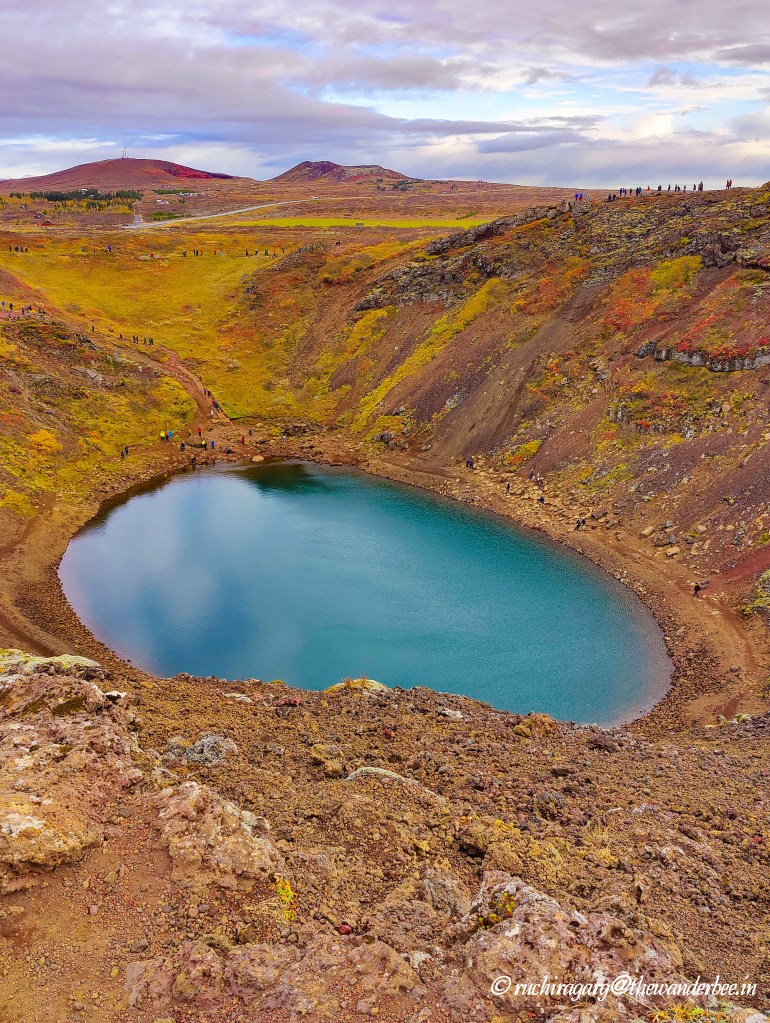
We then headed to the Gulfoss Waterfall or the Golden Falls from which the Golden Circle gets its name. We could feel the spray of the waters of the glacial River Hvítá as it plummets down into a 32-meter deep crevice. I would recommend walking all the way to the waterfalls to get the feel and some really magnificent views.
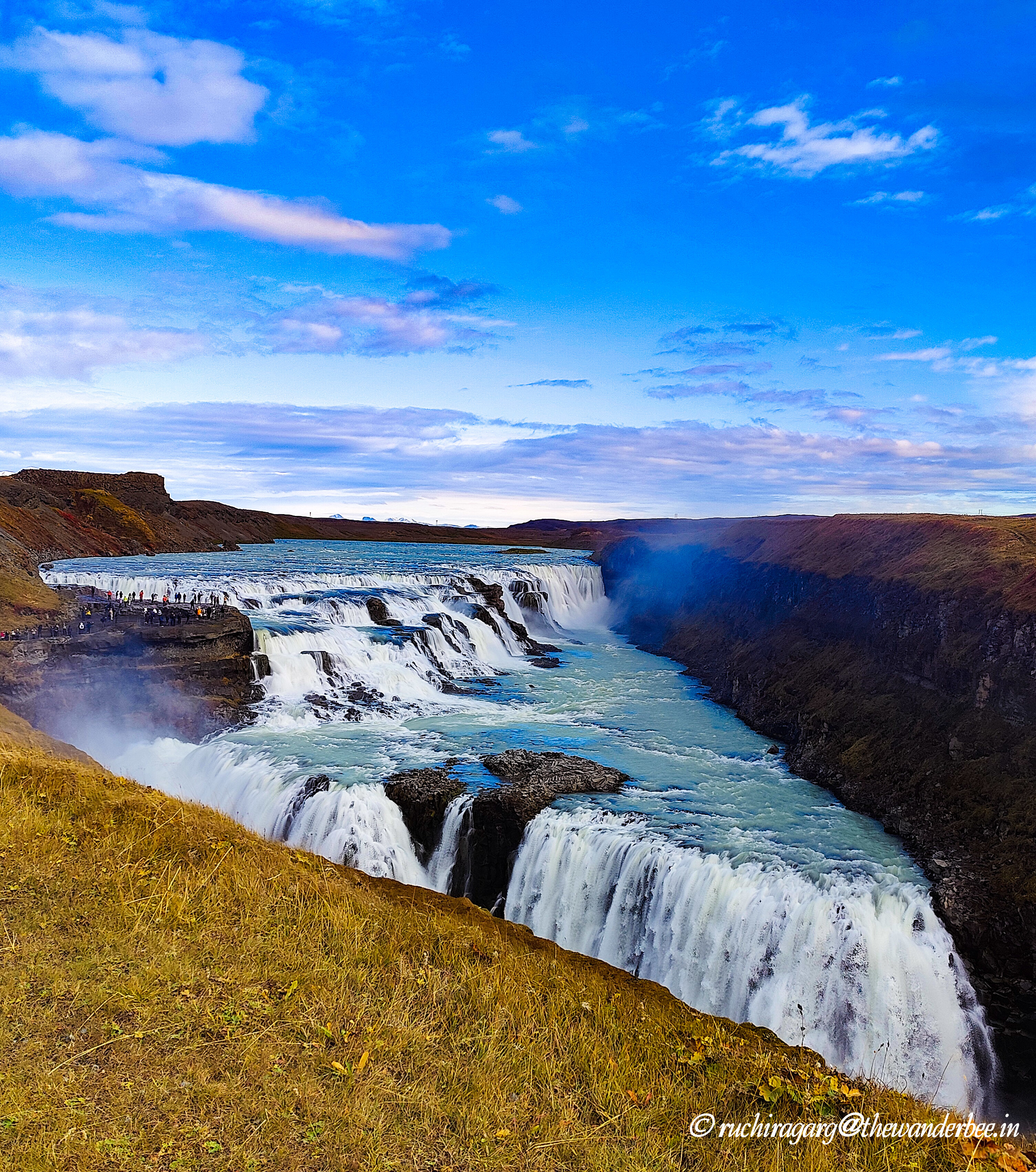
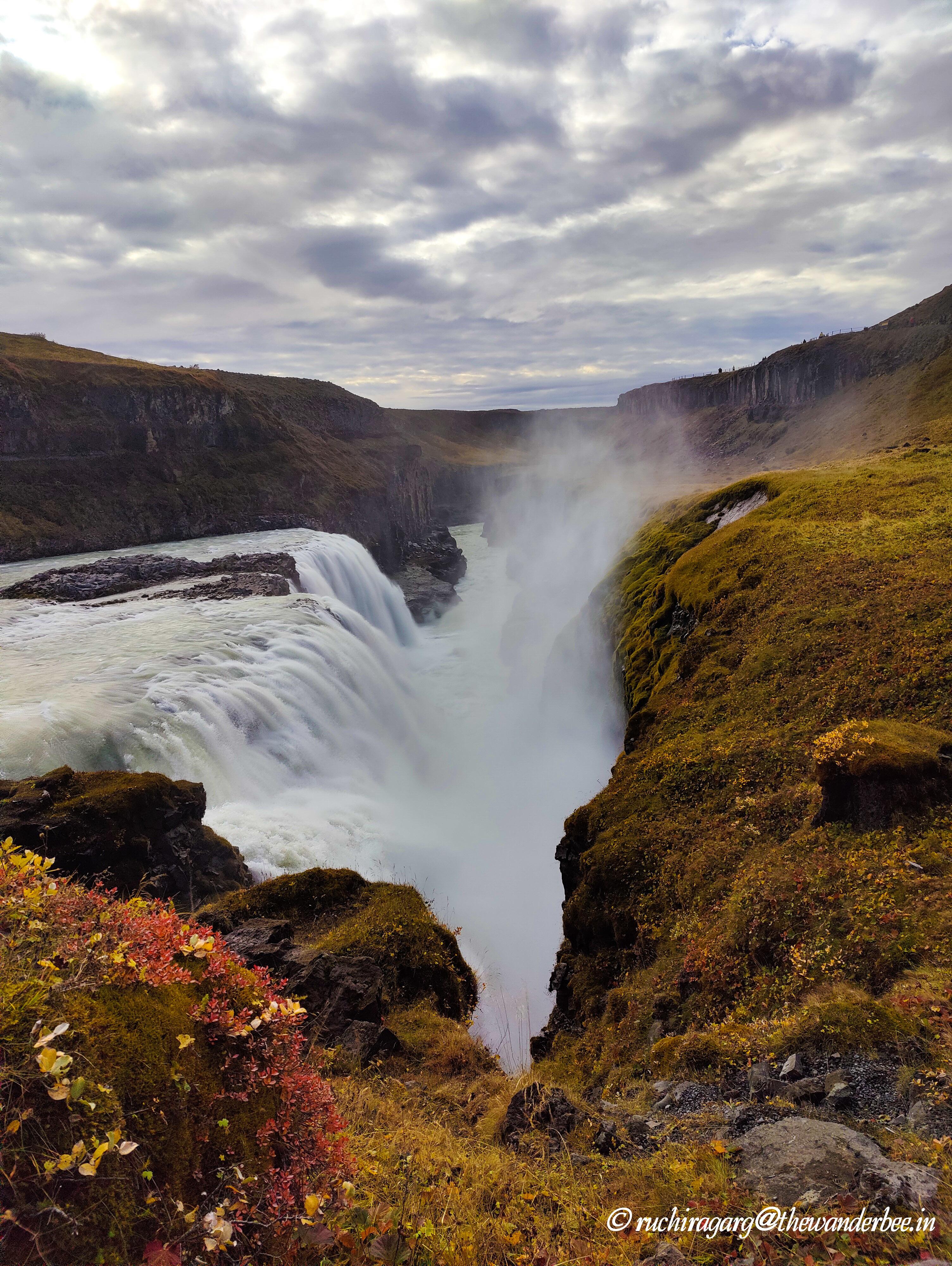
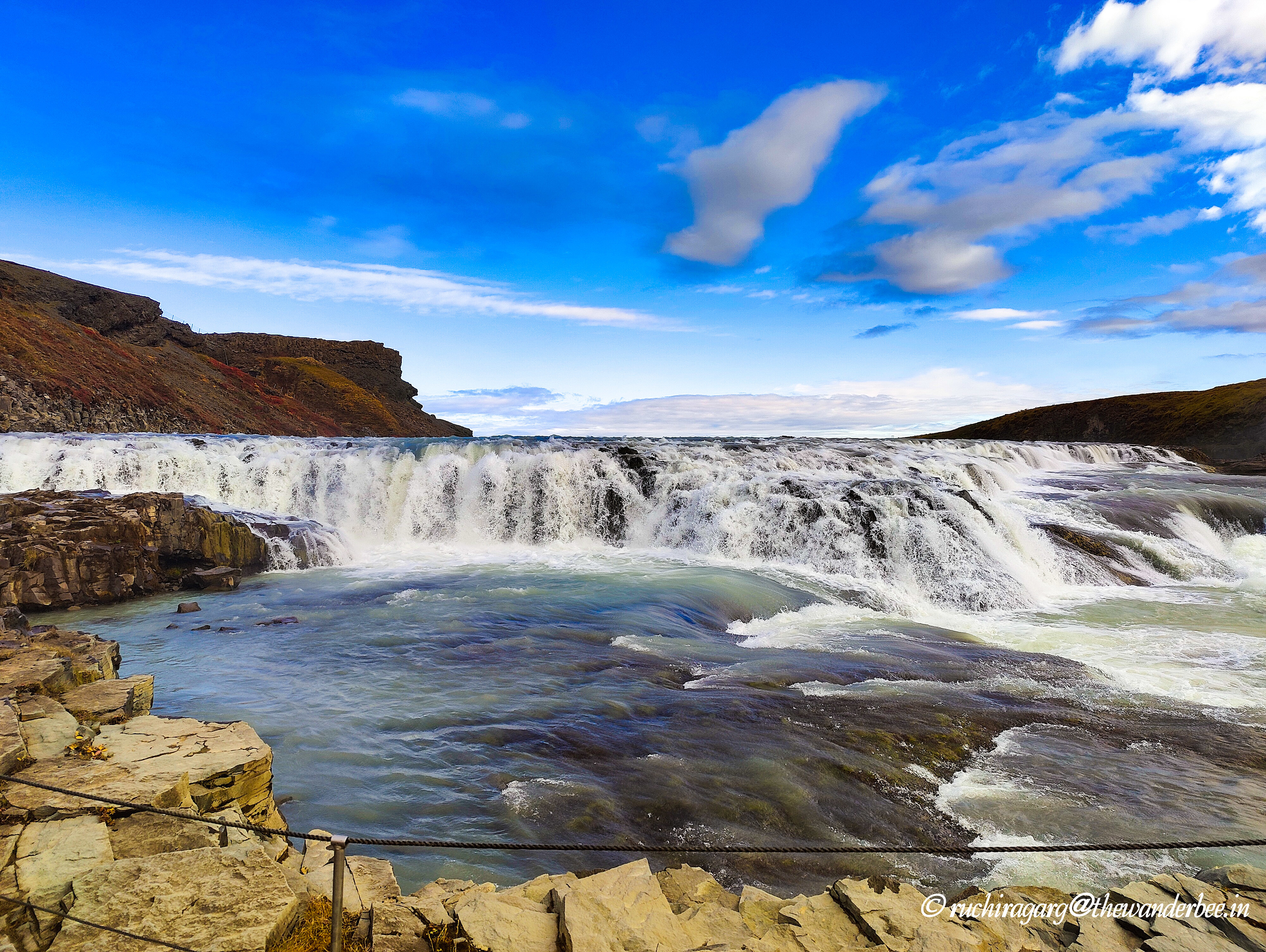
Our next stop was the geothermal area of Geysir. It was amazing to see the active hot spring of Strokkur spout steaming water 30 meters into the air every 8 minutes. Be mindful that the water is sulphuric in nature and don’t stand too close to get the splashes on you. We also stopped for lunch at the Geysir Glima restaurant that is right opposite the hot springs. The mushroom soup there was really tasty and refreshing after the long ride.
Our last stop was the Þingvellir National Park where the North American and Eurasian tectonic plates meet. Þingvellir was named a UNESCO World Heritage Site for its cultural value in 2004, and is the site of a stunning rift valley and the Rock of Law, the first Viking parliament.

On the way we also saw a lot of horse farms and got to see a couple of Icelandic horses up close as well. Icelandic horses are unique in the sense that they have 5 types of gaits whereas across the world, horse breeds don’t have more than 3 types of gaits. They are also the only animals in Iceland that be out in the open all through the year irrespective of the weather conditions. They are shorter than usual horses but Icelanders don’t like them to be called a “Pony”!

The tour ended by 6 pm and we had enough time to enjoy a nice evening and dinner at the Duck and Roses restaurant.
Things to Keep In Mind While Travelling in Iceland
- Iceland is the most expensive European country I have been to. For budgeting double up the expenses from what you would spend in other countries.
- The weather conditions keep changing through the day so it is important to layer up. A warm waterproof jacket is important as it can begin to rain or can get really windy anytime.
- There are washrooms available at specific stops and mostly were free of cost. So be mindful when your tour guide takes a stop and make the most of the washroom break as you may not find one for the next couple of hours. The only place where we had to pay for the washrooms was the bus terminal at Reykjavik.
- Most brands of clothes are available in Reykjavik and you would find a lot of different cuisines available as well.
- There was no need to pay cash anywhere as cards were accepted everywhere. However unlike Norway and Sweden where several stores don’t accept cash anymore, in Iceland cash is accepted.
- Some of the restaurants I would recommend are – Shalimar ( Pakistani), Gandhi ( Indian),Duck and Rose (Italian), Laundromat Café ( American diner), Geysir Glima ( Icelandic), Himalayan Spice ( Nepalese).
Beyond the DC plane wreck, waterfalls and the colorful mountains shown in every vlog, 6 days of being in Iceland has been a revelation. Miles and miles of lava fields, travelling for hours over roads that were once volcanoes, the extreme weather conditions where everyone reads the winds all day and thanks their stars that they made the journey safely, the fact that if you lose your way in Iceland then survival is not expected, the myriad stories reflecting widespread belief of connection with the supernatural powers make it a little scary to be in. To think that the glacier lagoon being wowed at, is caused due to global warming, the black beaches are due to the volcanic eruptions and in a way symbolic of what might be left of the world if the carbon footprint continues to expand. On the other hand, a young nation, still trying to create its identity against all the hardships, finding ways to imbibe the best yet striving to do better and taking things into their stride with “þetta Reddast” (It will be okay) endears Iceland to you.


